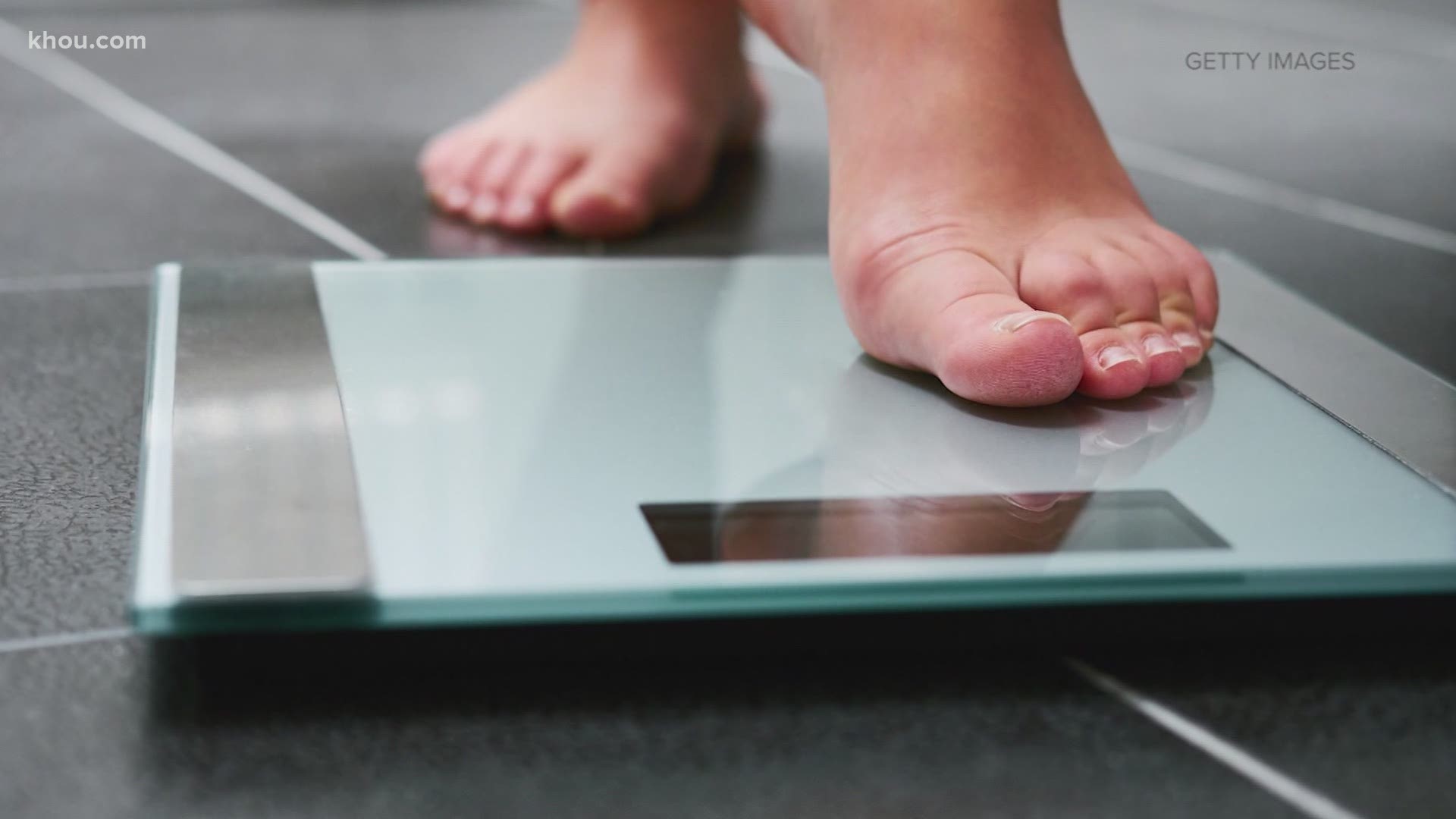Telehealth, telemedicine, virtual care – we’ve all heard the many names of this service, but what exactly does it mean? While not a new tool in the health care industry, its entry into the spotlight came during the height of the COVID-19 pandemic. With interest comes questions from patients as to how telehealth is beneficial for them and what can be accomplished during a virtual visit with their provider.
What is telehealth?
Simply put, telehealth is the use of technology to provide health care services to a patient that is in a different physical location than that of the provider. As precautions due to the coronavirus altered in-person appointments, UT Physicians understood the rapidly emerging need to still provide the same level of high-quality care to our patients.
“The implementation of telehealth has created a major ease of access for our patients and providers,” said Sahar M. Qashqai, executive director of Healthcare Transformation Initiatives at UT Physicians. “Patients can forgo the stress of having to travel to a clinic and wait to be seen, which is especially beneficial for those who want to see a UT Physicians provider but they are in distant communities where we may not have a clinic nearby.”
The benefits of a telehealth visit extend far beyond reducing travel time, wait time, and increasing comfort during a health care visit. This service also allows patients who are considered high-risk for COVID-19 and other infectious diseases to keep up to date with their providers and not miss important appointments.
What can a telehealth visit be used for?
A telehealth visit can be an acceptable alternative to an in-person appointment for a variety of medical issues.
“During a telehealth appointment, many things can be accomplished. The physician can take a patient’s history, review their current medical status, perform a visual physical exam, discuss concerns, and inspect postoperative incisions,” said Matthew Harting, MD, a pediatric surgeon and medical director of telehealth at UT Physicians.
One common misconception Harting would like to dispel is that a diagnosis can only occur if a patient meets with a provider in person.
“Diagnoses can absolutely occur during a virtual visit. A plan of action can be put into place, medication can be called in, and recommendations can be made,” said Harting, who is also an assistant professor of pediatric surgery at McGovern Medical School at UTHealth. “Or maybe the visit leads to reassurance that nothing is wrong. Telehealth allows for that and optimizes the patient’s time.”
Virtual care is not limited to a standard appointment with a patient’s usual provider; it can also be an opportunity for collaboration.
“All members of a patient’s care team, from social workers to diabetes educators, are available for telehealth visits,” said Qashqai.
Obviously, telehealth does come with some limitations, but ultimately it is a great solution for certain medical issues, situations, and patients. Sometimes it can be the first step to determining that an in-person appointment is needed.
Patient-driven health care
Harting believes that telehealth is a completely patient-centric approach to health care.
“We, the providers, come to you while you remain comfortable in your own personal space. Not every patient wants or needs to go through the stress of an in-person visit.”
“Whether in person or virtually, UT Physicians providers are here for you,” said Harting.
To schedule a virtual health visit with a provider, call UT Physicians at 888-488-3627.



